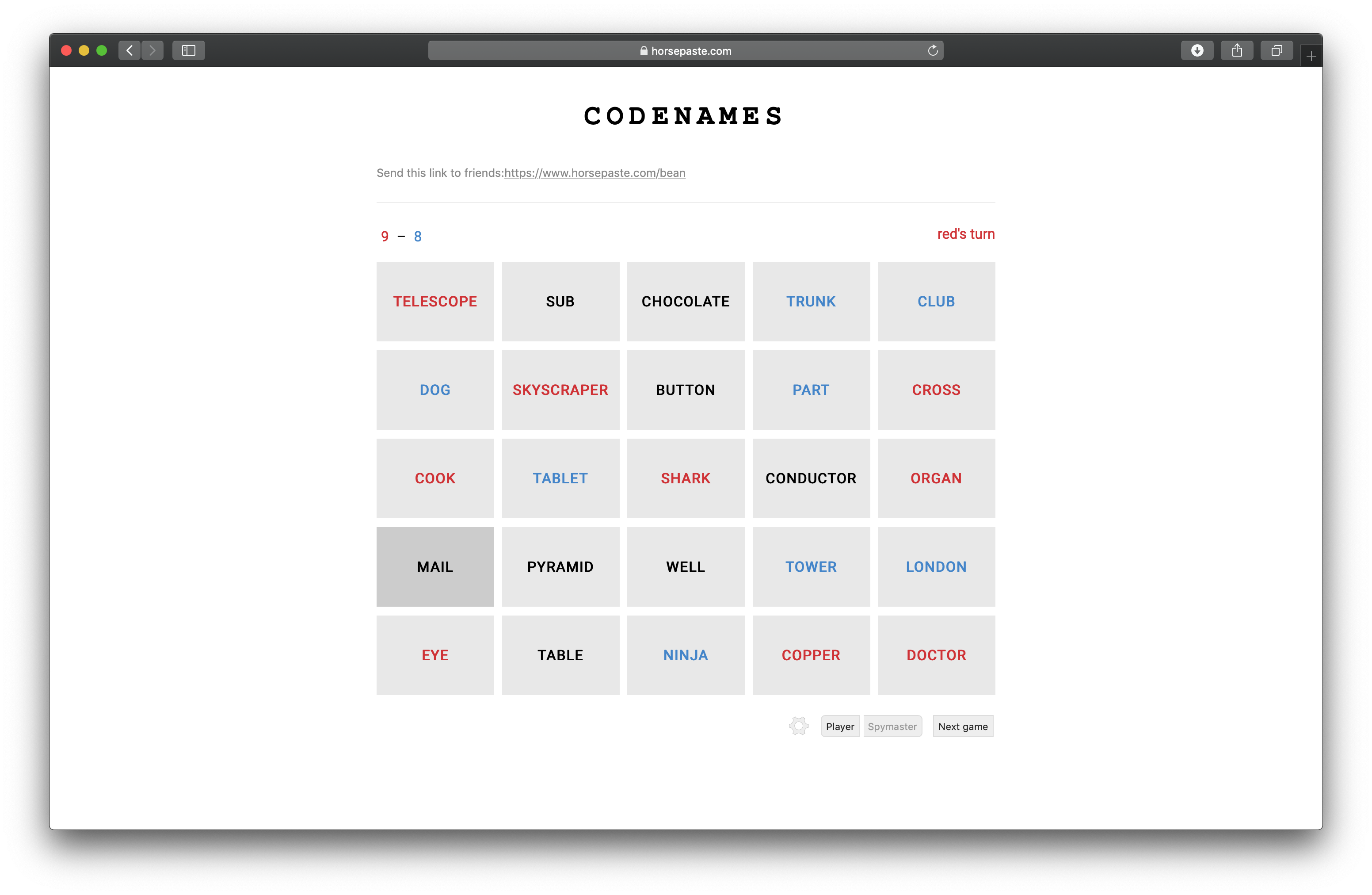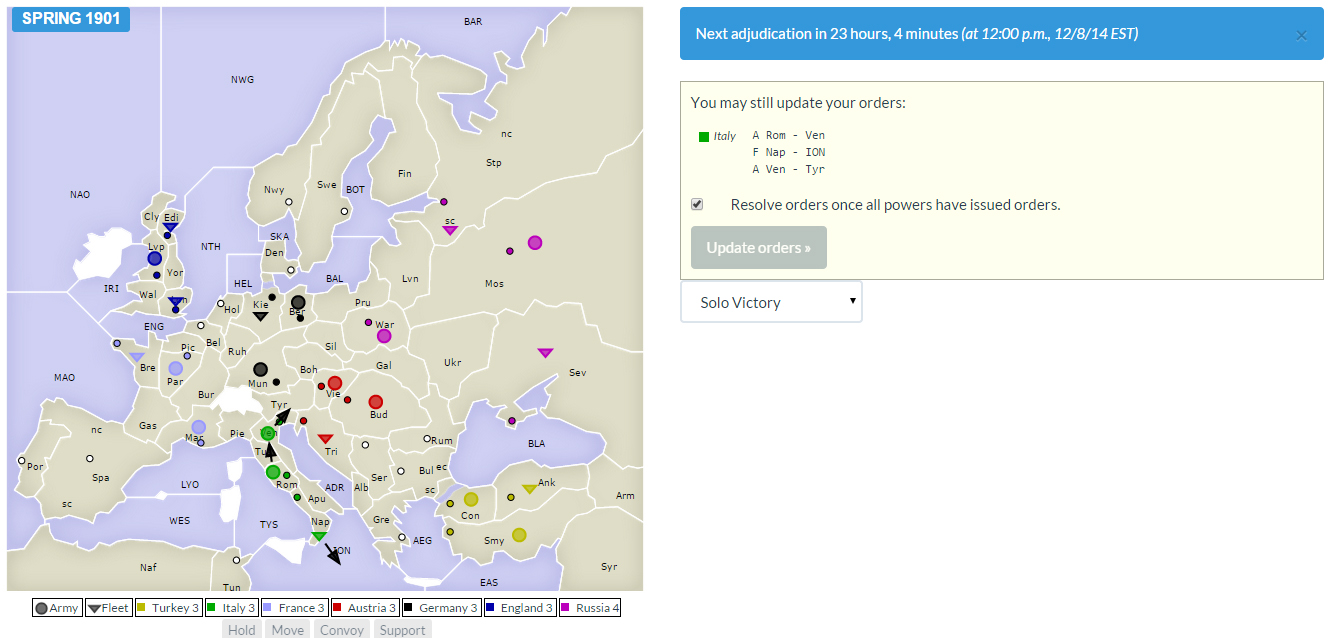Keeping Your Culture While Remote
Welcome to 2020. We’re in a strange new world of social distancing and shelter-in-place. Millions of people are adjusting to this new reality and learning how to work from home under duress. Countless bytes have already been spilled on how to work effectively and maintain your health while staying home. However, one area I’m seeing a lot of people struggling is socializing remotely and maintaining their team’s culture. As someone who used to lead a fully remote team with people in 5 out of 6 US timezones, here are some things I learned.
🗓 Pad Your Agendas
This one is more general culture building advice that applies in all situations, but is especially important right now… relax on the meeting agenda. Spend the first 10-15 minutes of every call just chatting about how people are feeling, things to look forward to (have you watched Hunters yet on Amazon Prime!?), etc. There’s no water cooler to connect over and people won’t start video calls just to chat, so these 10 minutes are absolutely critical for your team. Incidentally, letting teams go on tangents and deviate from a strict agenda also creates higher psychological safety and higher performing teams.
Slack or Basecamp is also helpful for facilitating this kind of chit chat, but if you’re not used to working remotely, this can feel awkward. Don’t expect too much activity at first, but you can encourage it by proactively sharing fun links throughout the day to set the mood.

👩💻👨💻 Collaborate
Along the same lines, it can be uncomfortable to ping your teammates on Slack when you’re not used to doing it, but don’t feel bad about it! I promise you’re not disrupting them any more than if you walked up to their desk. Ask to hop on calls more than you think is necessary. The biggest feedback I got from my team is that they wished we spent more time in video calls for more face time.
Slack, Zoom, Basecamp, and Tandem make it super easy to collaborate on work as if you’re in the same room. I like how Slack makes it possible for anyone to drop in on an active call, much like a water cooler. Basecamp is great for encouraging discussion without the stress of interrupting someone in real-time. I haven’t tried Tandem, but it looks like a promising way to recreate some of the spontaneous office vibe. The right tool for you will depend on your team’s culture and preferences.
🎲 Play Games!
Lots of people have asked how to have fun remotely. Team building activities are obviously much easier when everyone is together, but you have options! There are several games that can be played over video chat. Most are free, some cost around $20. All of them are worth trying!
Jackbox Games
If you’re looking for silly fun to get your mind off things, Jackbox is perfect. Each Jackbox game is actually a pack of 5-6 mini games designed for parties. One person buys the game and hosts by sharing their screen, and everybody else joins remotely from their phone via jackbox.tv. Each game generally supports up to 8 people.
The games are easy to learn and play for everyone. Some of our favorites were Drawful (similar to pictionary, but everyone is drawing poorly on their phones), Quiplash (mad libs where everyone votes on the best answers), and Trivia Murder Party (a serial killer themed trivia game).
There are currently 6 different Jackbox party packs, each with different mini games. My personal favorite collection is Jackbox 3, but you should try them all if you can. You can buy the packs on Steam for around $25 - $30 each.
Tip: If you’re hosting on macOS, you may also want to use SoundSource to control audio levels from Zoom and Jackbox separately, but this is optional.
Keep Talking and Nobody Explodes
Defuse a bomb before it explodes! The catch is only one person can see the bomb. They have to describe what they’re seeing, while everyone else has to figure out how to defuse the bomb by reading the bomb manual and guiding the person with the bomb.
If you’re looking for team building, this is the game you want. You will have to work together to divide and conquer all of the steps. Each bomb is usually made up of around 6 puzzles, and you only have a couple minutes to solve all of them.
Keep Talking and Nobody Explodes is available on Steam for $15, and it doesn’t involve any screen sharing!
Codenames
Codenames is a popular board game involving word puzzles. You split into 2 teams: red and blue. Each team chooses a spymaster. The board is made up of 25 random words. Some of the words belong to blue team, some to red, some are neutral, and one word is an assassin. The goal is for each team to find their words before the other team, but only the spymasters know the color of each word. However, they can only share one word clues, plus the number of words that clue applies to.

What the spymasters see. Everybody else sees the same grid without colors.
For example, I might say “medical 2” to get my team to guess “doctor” and “organ”, but have to make sure my team doesn’t also guess “well”. If either team guesses the assassin (“mail” in this case), they immediately lose. Otherwise, the first team to get all their words wins.
You can read the full rules here and play an online version of the game here for free. It supports 4 or more players (ideally around 6-8).
Spyfall
In Spyfall, the team is assigned a location and each person is assigned a unique role. For example, you might all be in a school. Player 1 might be the principal, player 2 is a student, player 3 is a teacher, etc. The catch is nobody knows the other people’s roles and one person in the group is the spy… they have no idea where they are! The team’s goal is to figure out who the spy is, while the spy’s goal is to figure out what location we’re all in.
You have 8 minutes to ask each other questions that are specific enough for you to deduce whether the person answering it knows where they are, without being so specific that the location is given away to the spy.
You can read the full rules here and play an online version of the game here for free. It supports 3-12 players.
Diplomacy
Diplomacy is a war simulation game, similar to Risk, but without any luck involved. It can be played asynchronously (often over email) with 7 players. Each person is a different country from World War I Europe, and you must negotiate your way to victory by forming and breaking alliances.
I put this one on the list because I love playing it remotely, but do not use this as a team building activity. It can absolutely destroy relationships. In fact, the domain is backstabbr.com, so that should tell you what you’re in store for.

The interface looks intimidating, but it's easy to learn!
You can read the full rules here and play an online version of the game here for free. It works best with exactly 7 players, but can technically be played with 3-7 people.
I’ll keep adding tips to this page as I think of more. If you’ve found other things that work, let me know! We’re in this together. Remote work can be hard if you aren’t pepared for it, and it’s extra hard when you have no choice, but I promise it can also be wonderful.
Stay safe and have fun!
Edit 4/1/2020: Someone just shared netgames.io which has a great collection of board games and perfect interface for remote play. I wish I’d known about this one sooner. Currently they have One Night Ultimate Werewolf, Codenames, Secret Hitler, Spyfall, Love Letter, and Avalon. Secret Hitler and Love Letter are two of my favorite games overall, so I highly recommend them!
Edit 4/7/2020: Netgames.io was struggling over the weekend to keep up with the traffic, so we tried secrethitler.io instead for playing Secret Hitler. It works, but there is a learning curve to the user interface. You might need to play a game just to learn how to use it, which is unfortunate. We also played Avalon at proavalon.com, which also works well and has a similar learning curve.